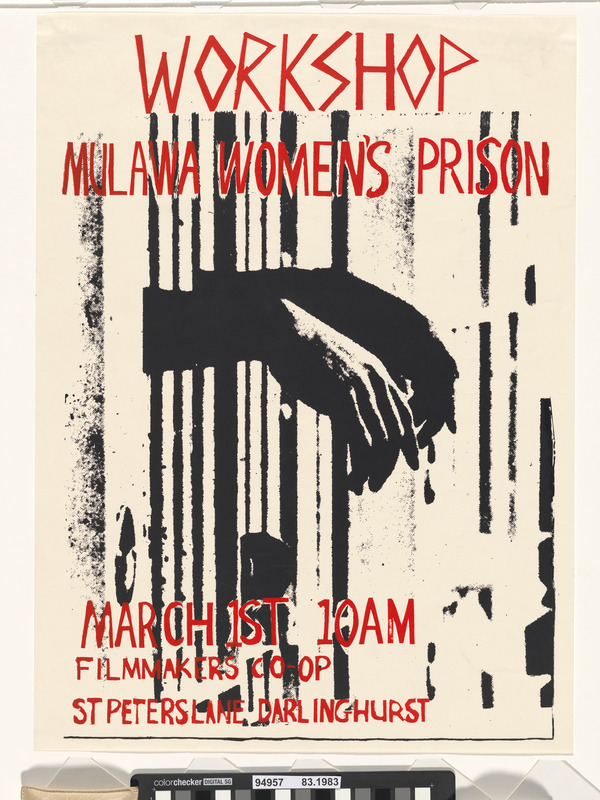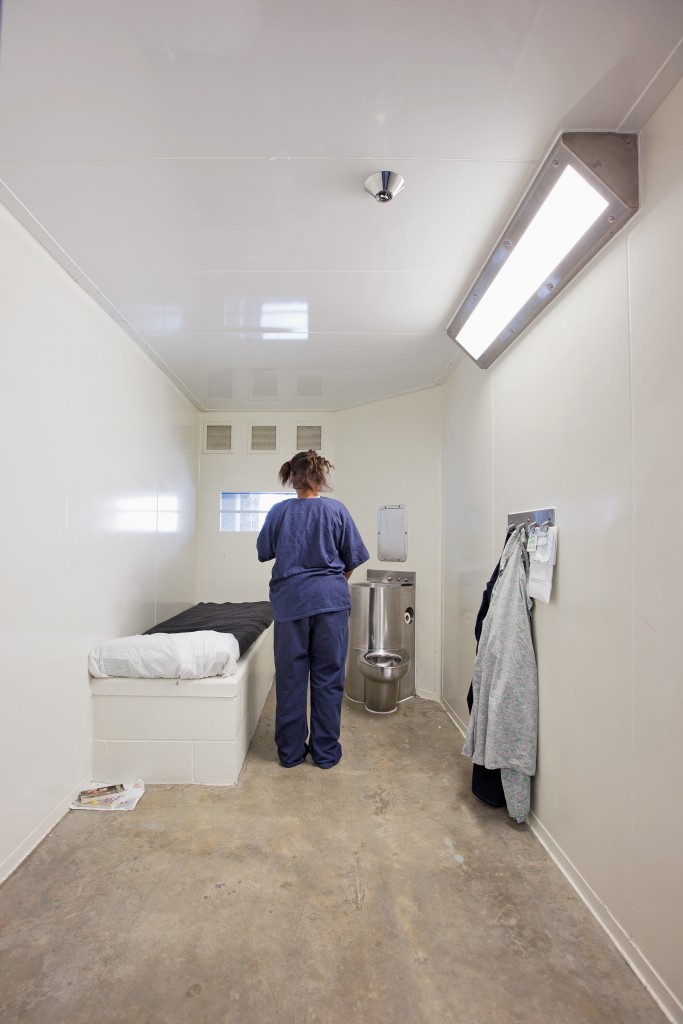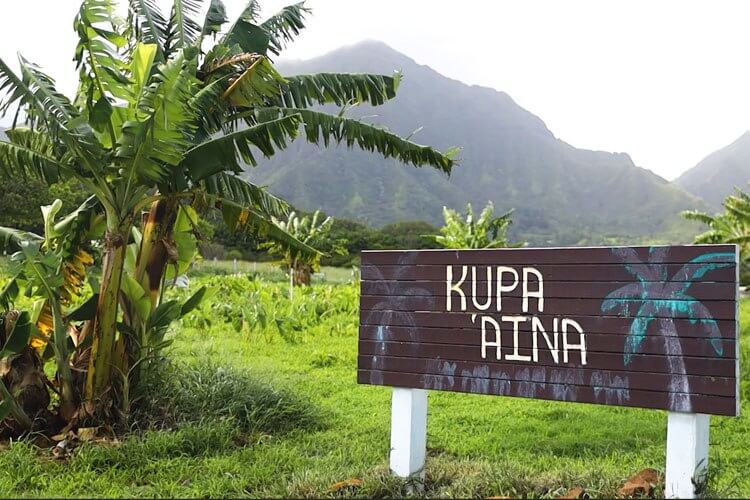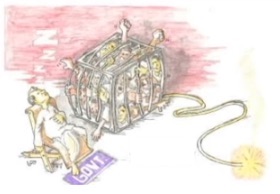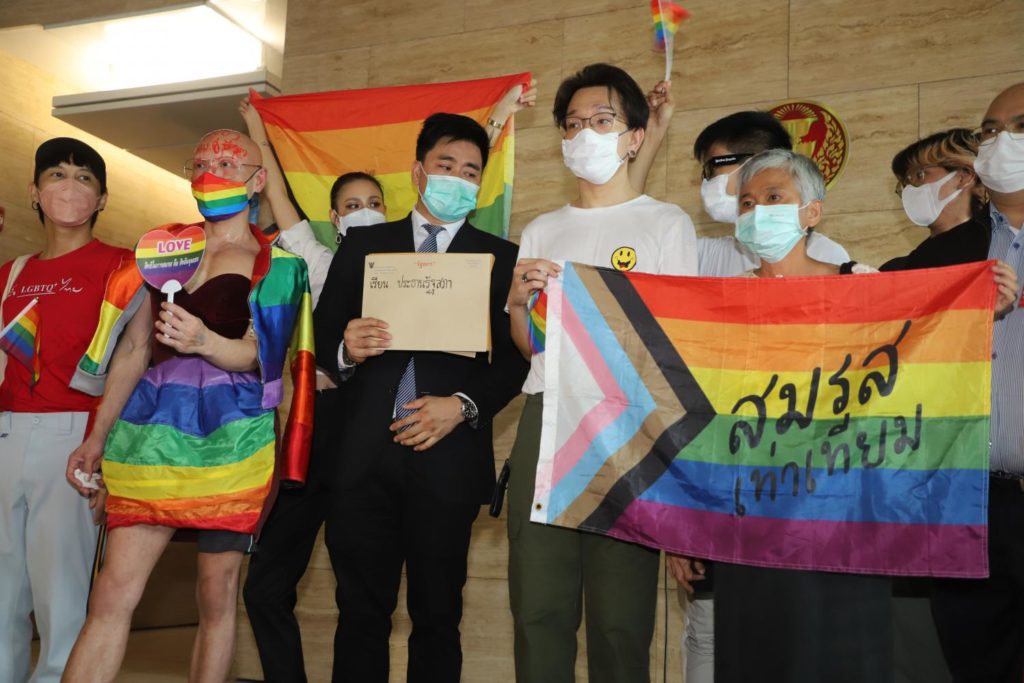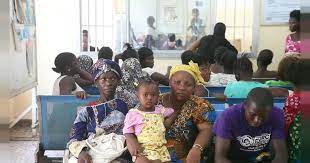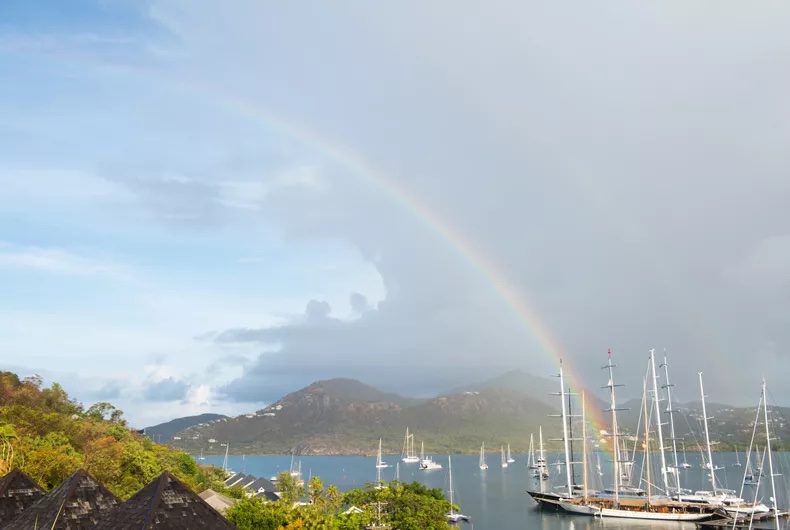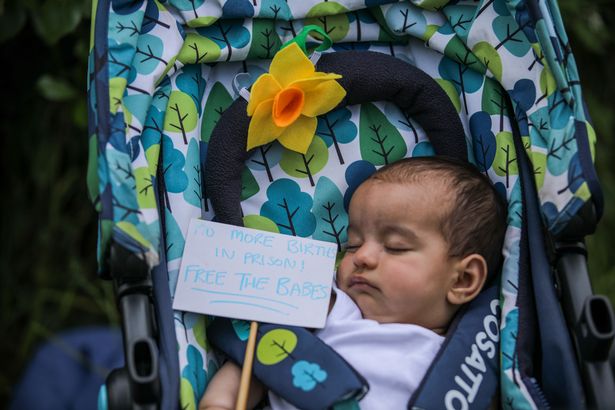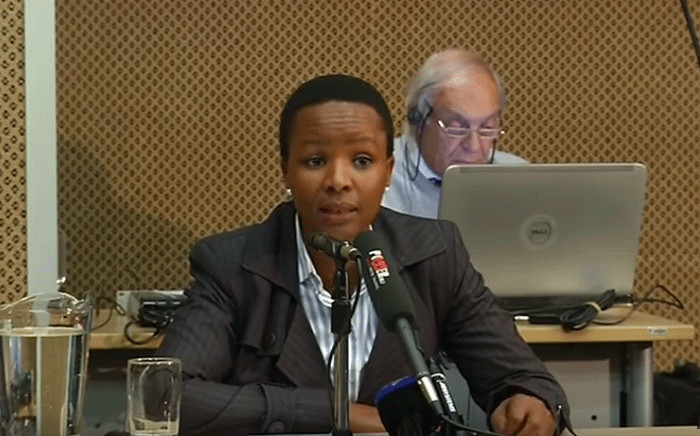
Tshebeletso Seremane
Hope Gloria Mashilo and Tshebeletso Seremane used to work, as executives, at the South African Revenue Service, SARS. Mashilo began working at SARS in 2005, and by 2015 she had attained the position of Executive: Workplace Wellness, where she addressed employee assistance programs, occupational health, extended sick leave and chronic diseases. Seremane began working at SARS in 2009, as Executive: Integrity and Organisational Culture. Seremane was effectively the in-house person in charge of ethical conduct and culture. According to Seremane, at first SARS valued integrity. All that changed, again according to Seremane, in 2014, with the arrival of a new Commissioner, Tim Moyane, and of the now disgraced Bain & Company, who were hired to facilitate processes at SARS. Within a month of Moyane’s arrival, the new Commissioner and his friends at Bain announced a new restructuring plan. That’s when integrity left the building, and Hope Gloria Mashilo and Tshebeletso Seremane began worrying about the institution as well as their own positions and well-being. With good reason, as it turned out.
Moyane and Bain’s `restructuring’ was “unveiled” in August 2015. Soon after, many executives discovered their jobs no longer existed and they were re-assigned to ill defined, lower positions. Many, including Mashilo and Seremane, were informed they were now “Domain Specialists”, an undefined job which basically involved turning on a computer, sitting, then turning off the computer. To be clear, people continued to receive salaries as well as benefits and bonuses. Mashilo and Seremane, separately, thought this was, first, wrong and then suspicious.
Mashilo wrote a letter, entitled “Breaking the Silence”, addressed to Malusi Gigaba, then Minister of Finance, and Yunus Carrim, chairperson of the Standing Committee on Finance, with Moyane copied. Mashilo described her own personal trials as well as the illegal appointment of Bain and the spectral situation of “Domain Specialists”. Under South African whistleblower protection laws, the author of this letter should have been protected. Nevertheless, soon after Hope Gloria Mashilo was fired and escorted out of the building.
While Tshebeletso Seremane never wrote a letter, she refused to accept the indignity and illegality of the downgrading and of the “Domain Specialists” position. She too was fired and escorted off campus. Seremane has said the that dismissal had “broken her”. Her marriage fell apart as did other parts of her life.
Hope Gloria Mashilo and Tshebeletso Seremane decided to confront the indignity and illegality of their dismissals. They sued SARS, demanding re-instatement. On August 22, acting Labour Court Judge Smanga Sethene decided in favor of Mashilo and Seremane. His judgement begins: “History narrates that in human tragedies, wars and skirmishes, women are always burdened with sufferings and hardships. The burden of womanhood is a daily struggle encountered by women in all walks of life. Courts should not be meek and gentle when confronted with instances that have all the traits of any attempt to keep women subjugated in any form at workplaces. This case captures the hardships endured by two single mothers and senior executives during the infamous `restructuring’ of the South African Revenue Services (SARS) by Bain & Company (South Africa) during the tenure of Commissioner Thomas Swabedi Moyane … Their main sin was to question the integrity of the 2015 “restructuring” sponsored by Mr Moyane with Bain as a service provider”.
The decision concludes, “The injustice visited upon Ms Mashilo and Ms Seremane deserves the unwavering protection of this court. This court cannot consort with any corrupt activity at workplaces calculated to circumvent any provision of the Labour Relations Act. This court cannot consort with anyone who trampels upon women to exploit their vulnerability at workplaces. If this court were to turn a blind eye on what occurred at SARS during Mr Moyane’s `restructuring’, it would be failing in its constitutional obligations … This court shoulders the responsibility to ease the burden of womanhood at workplaces. It is in the interest of justice and the rule of law for this court to order the current Commissioner of SARS, Mr Kieswetter to welcome Ms Mashilo and Ms Seremane24 back … effective from 1 September 2022.”
Courts should not be meek and gentle when confronted with instances that have all the traits of any attempt to keep women subjugated in any form at workplaces. In refusing to be meek and gentle, courts follow, and honor, the actions and lives of those women who refused, who said NO! to indignity, who seized the power that was, and is, already in their hands. Hope Gloria Mashilo and Tshebeletso Seremane said NO! and won, and their victory is a victory for women workers everywhere, for women everywhere.
(By Dan Moshenberg)
(Photo Credit: EWN)
